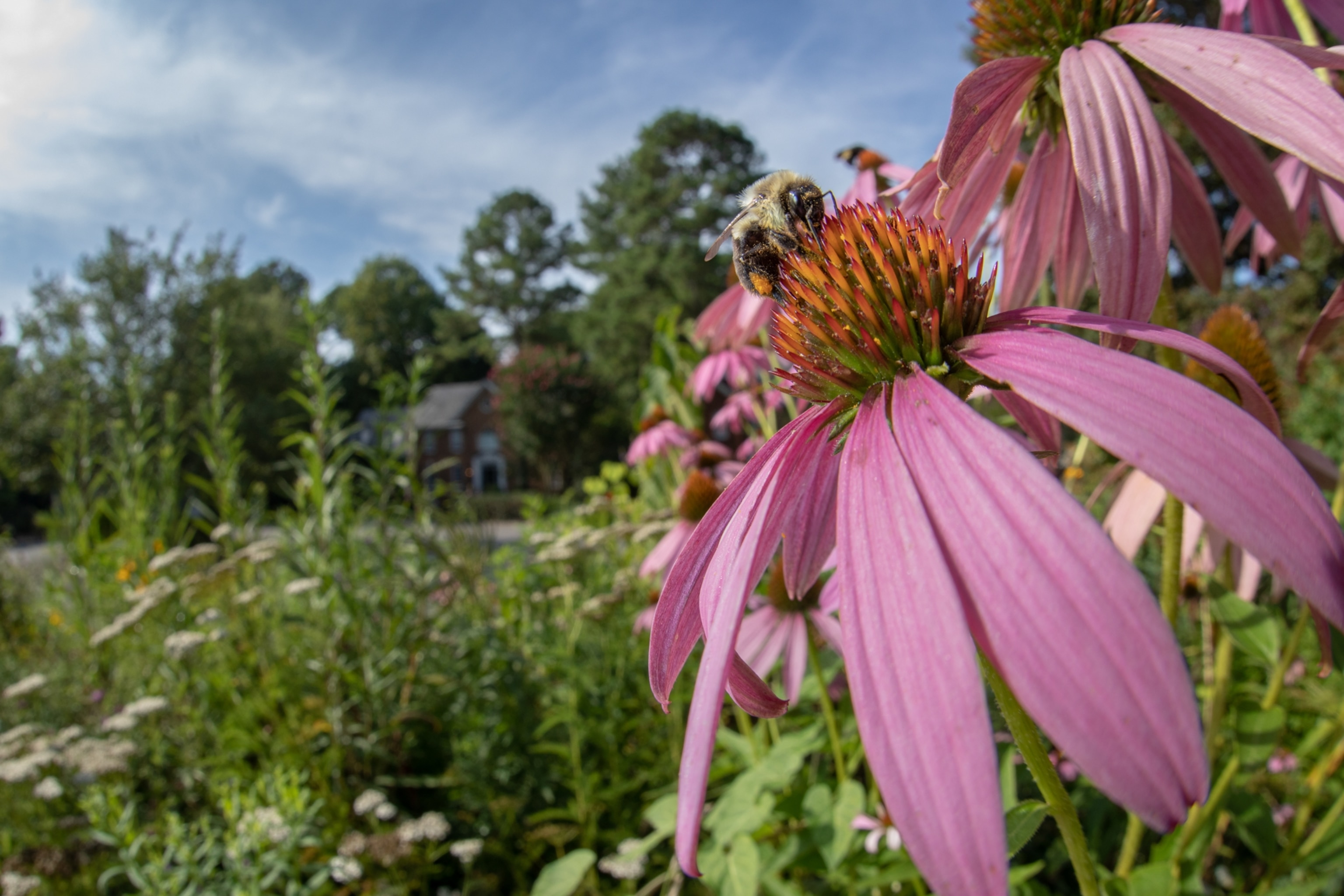
Move over, honeybees—America's 4,000 native bees need a day in the sun
Like your tomatoes? You likely have a native bee to thank. It’s time these little-appreciated insects get some respect, experts say.
Love your mixed-berry smoothies and avocado toast? Then it’s time to share some love for native bees that pollinate many of our favorite foods.
Say bee, and most picture a European honeybee—a non-native species used in commercial honey production worldwide. But what gets easily forgotten is that North America is home to around 4,000 species of wild bees.
To recognize these crucial ecosystem helpers, which provide 75 percent of our global food crop, the United Nations declared May 20 as World Bee Day in 2014.
These diverse insects vary greatly in size, from the Sonoran Desert’s tiny Perdita minima, about the size of a crayon tip, to inch-long carpenter bees, which pollinate popular foods such as tomatoes, peppers, and eggplants. About 70 percent of U.S. native bees nest in the ground, not in hives, which also contributes to their relative anonymity.
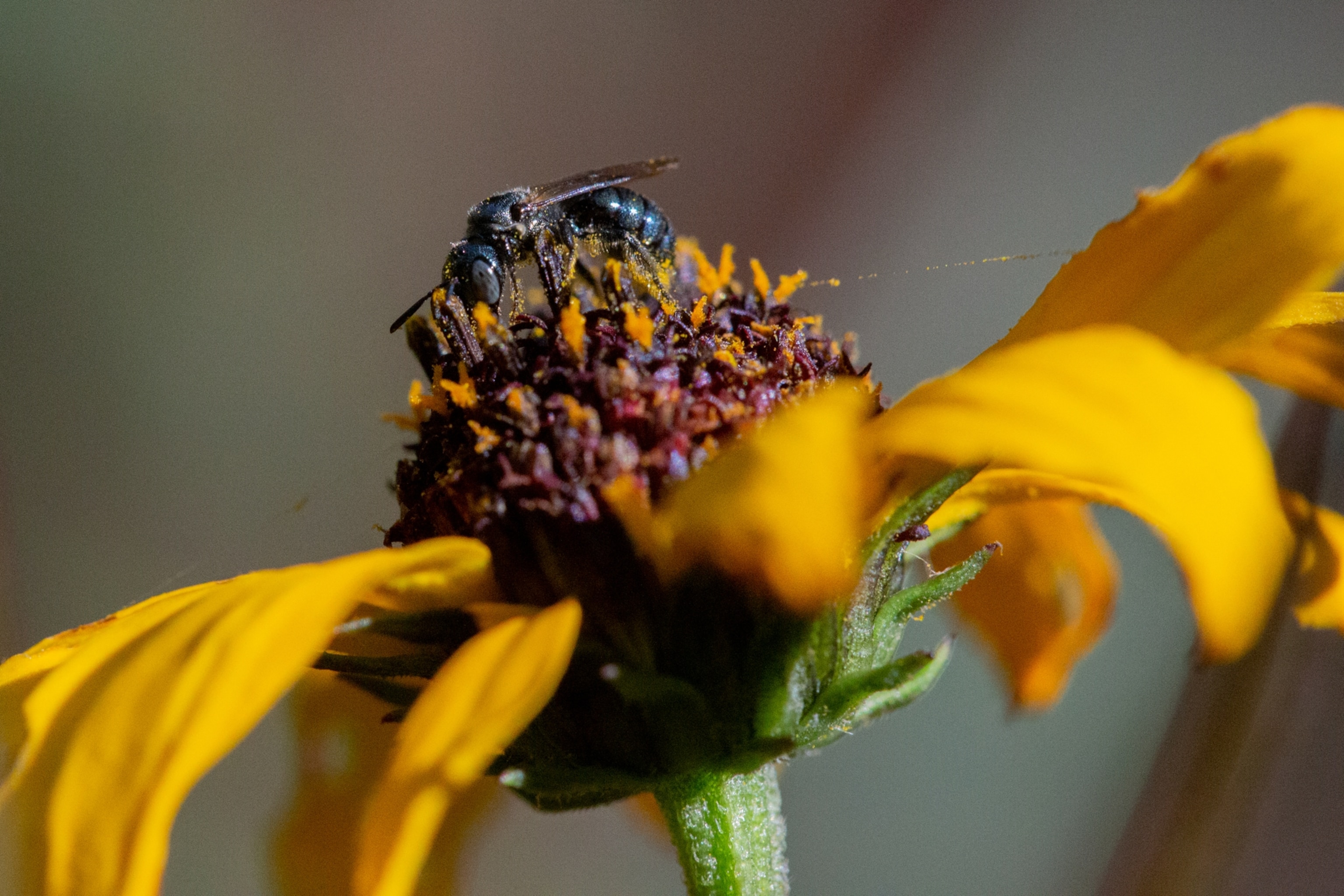
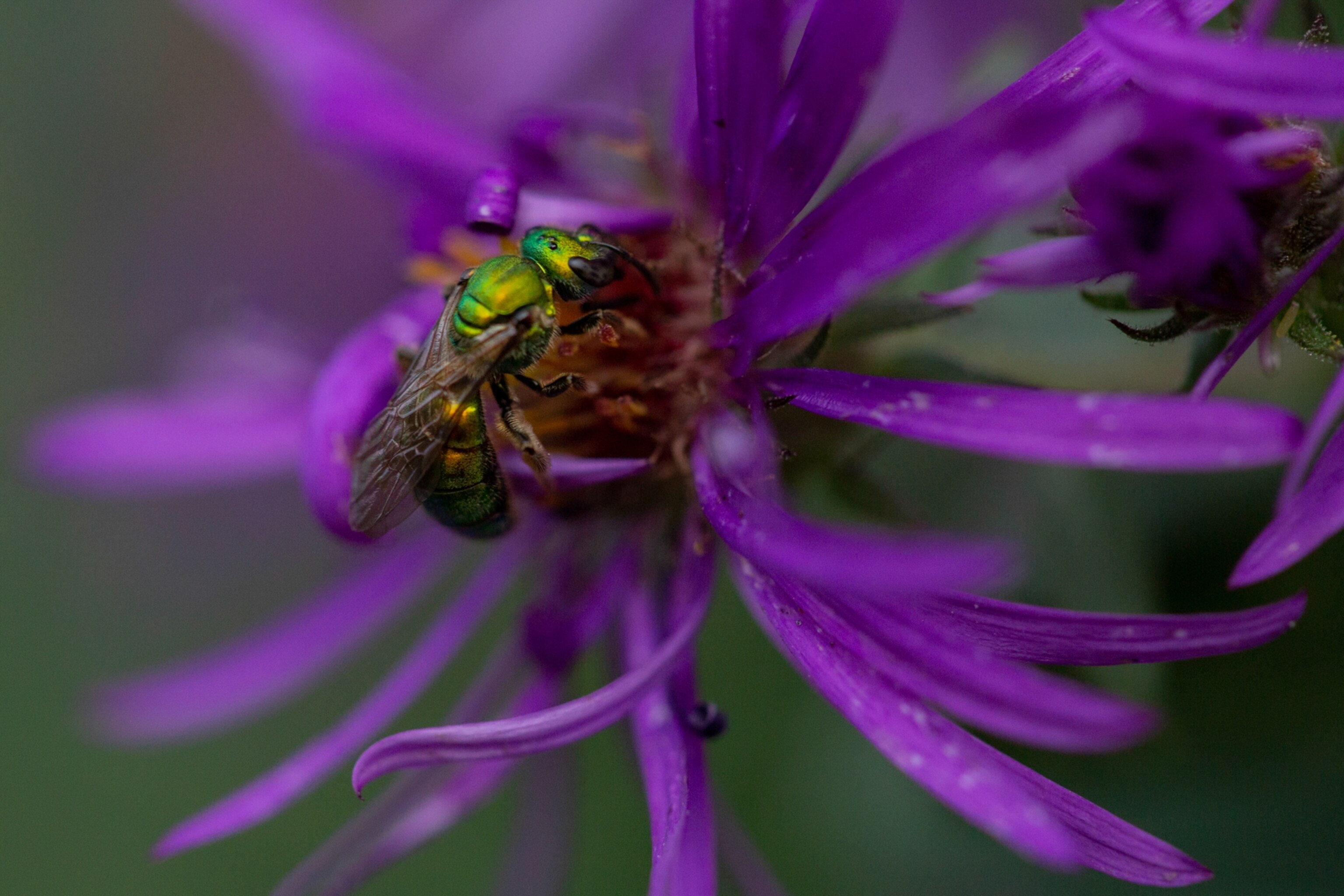
About a quarter of U.S. native bees are endangered due to pesticides, climate change, and habitat loss. In 2016, the U.S. Fish and Wildlife Service deemed seven yellow-faced bees in the Hylaeus genus as endangered—the first bees ever on the list. (See seven intimate pictures that reveal the beauty of bees.)
The heartening news is, from home gardeners to academics, people are finding clever ways to help and study native pollinators. Here are four intriguing examples.
High fliers
In the mountains of California’s Yosemite National Park, independent researcher and author Olivia Messinger Carril studies bees that live above 10,000 feet, including various species of mason, bumble, and mining bees.
Her goal is to get a rough baseline of these alpine populations “before climate change switches up the dynamics, so we can better understand changes we see moving forward,” Carril says.
Warming temperatures and drought in the region are damaging some ecosystems, for instance by fueling bigger wildfires and killing off vital tree species, according to the U.S. National Park Service.
By capturing high-altitude bee species and cataloging where they were found, their location, and nearby plants, Carril is piecing together a picture of these pollinators’ lifestyles. (Learn about threats to bees and why we’re seeing fewer of them.)
Carril also hopes to analyze environmental DNA, or DNA left behind by living things, in Yosemite. By extracting DNA on a flower, Carril says, “you know it was visited by three species of Bombus [a genus of bumblebee] and one species of mason bee.”
These details give researchers “a sense of who has been in the area, even if we don’t see them directly,” she says.
Hive-minded
Standard beehives for European honeybees haven’t changed much since their advent in 1851, which is why they have issues such as ventilation, insulation, and other insects getting in. With this in mind, graduate students at the University of Texas at Austin School of Architecture developed individual projects to build better honeybee hives or homes for Texas’ native bees.
It's an example of “new designers taking a look at an old problem,” says Chris Graves, chief creative officer at Team One, which collaborated on the project with the Healthy Hive Foundation and the architecture school.
Some students were “thoughtful about the native plants that would be part of the package,” says Danelle Briscoe, an associate professor at the University of Texas at Austin School of Architecture who has a background in bringing native plants into her work.
Student Ji Yoon Ahn created the “Live, Work, Nest” design, which looks like a funky flowerpot on a tripod. The circular wooden structure can house 120 native bees of various species. Native plants growing on the “roof” provides easy access to food sources—like having a café in your apartment building.
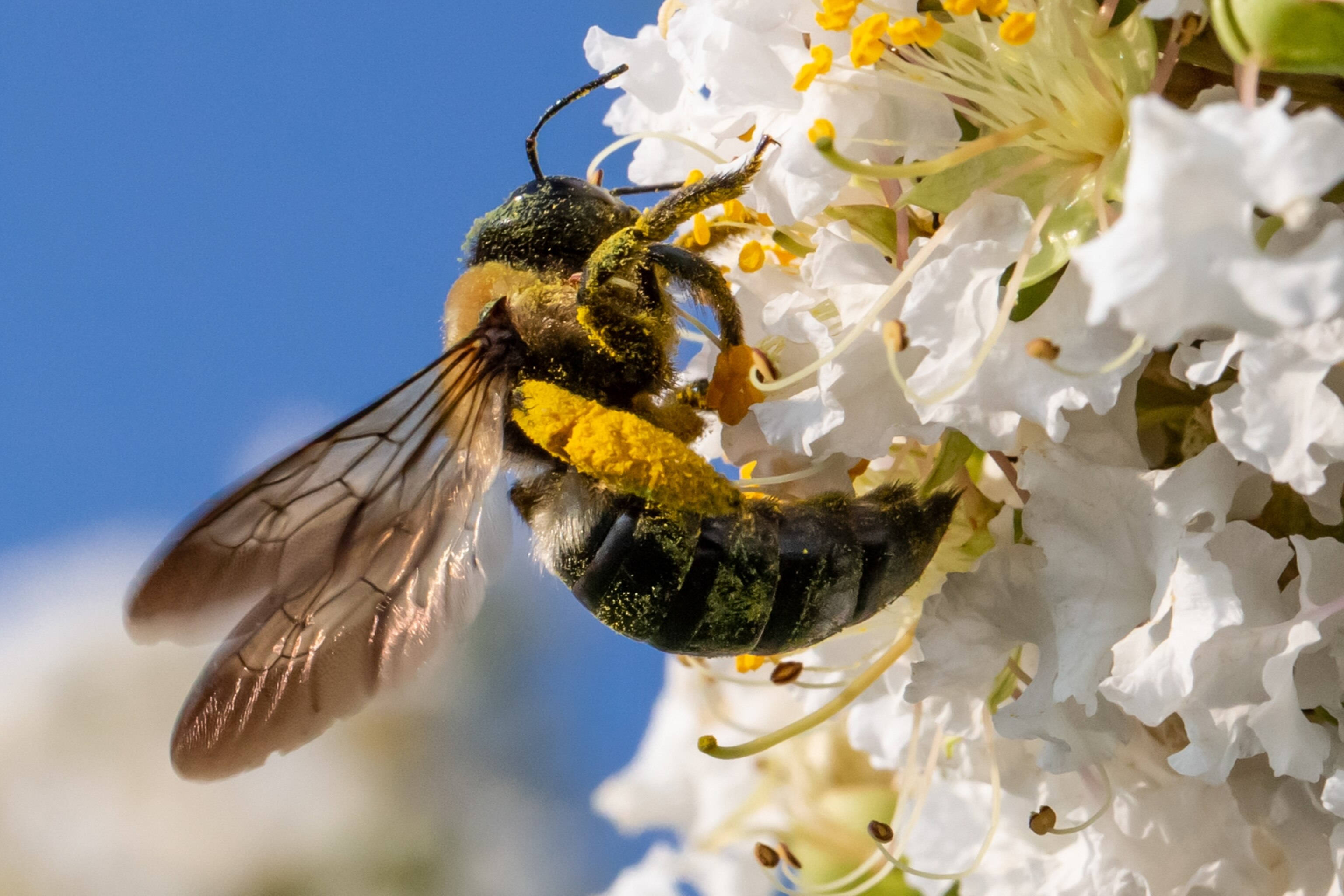
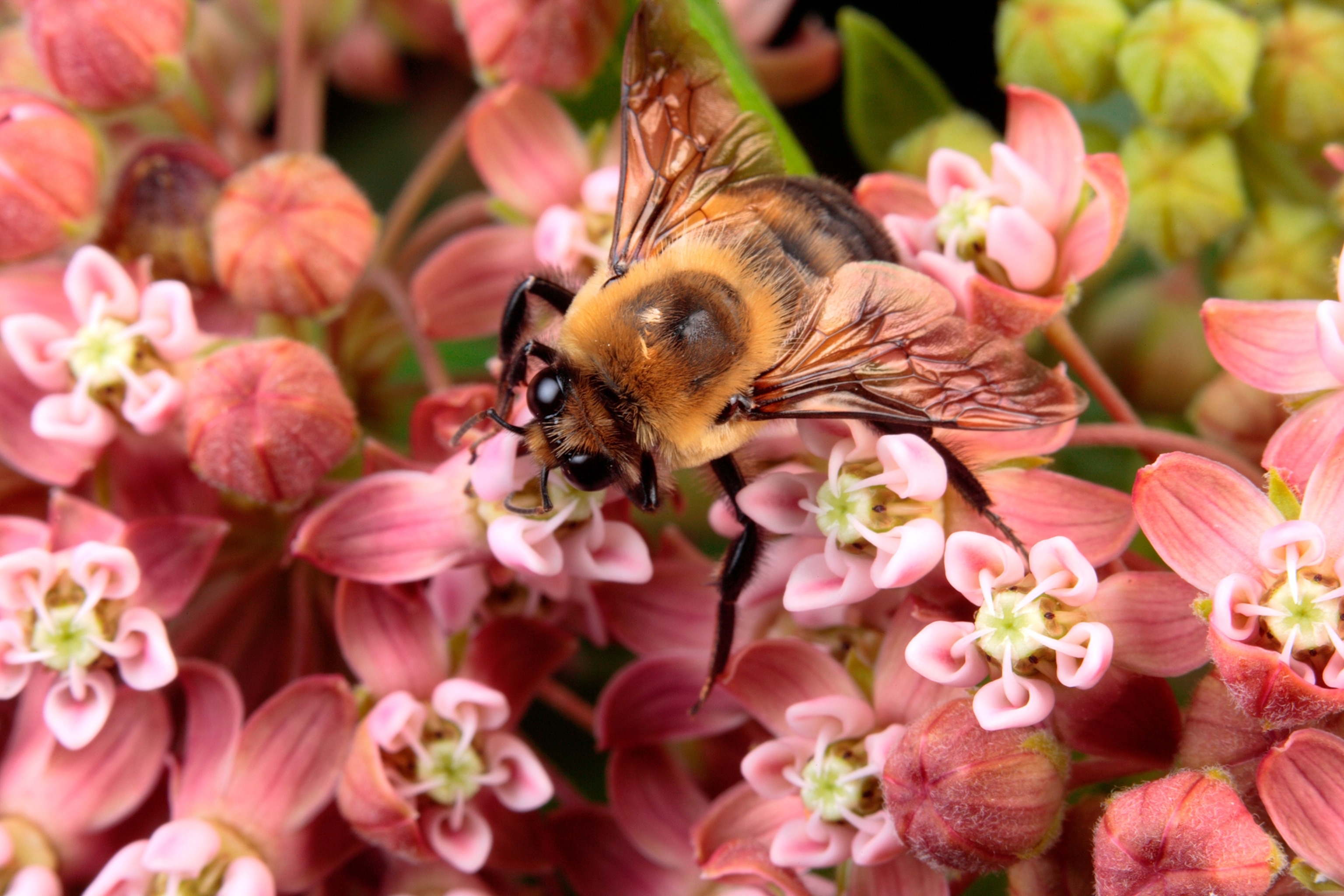
The portable design could be installed in urban areas, providing “a dose of healthy ecology that urban environments often need, much the way humans need daily vitamins,” Briscoe says.
Overall, the UT bee project addresses both scarcity of food for native bees and a “pressing lack of habitat in some of our urban environments,” she says.
School bees
Planet Bee Foundation, a nonprofit based in San Francisco, works with numerous corporate partners to fund programs for schools, workplaces, and communities to spread the message of protecting native bees.
“We have a flow going from these corporate partners to the schools that really need the resources,” says Jason Graham, Planet Bee’s lead scientist and entomologist.
In one initiative, Planet Bee gifts a classroom with several native bee houses, which the children set up outside and monitor with help from Planet Bee staff. In some cases, solitary bee species move in, co-existing in the bee house. (Read nine ways you can help bees and other pollinators at home.)
“The kids are going to be a next generation to really champion native bees,” he says. We shouldn’t “rely on just one species of bee for all of our agriculture.”
The nonprofit also offers corporate workshops, such as virtual honey tastings or field trips to look for pollinators. Fees for the program go to boosting school initiatives.
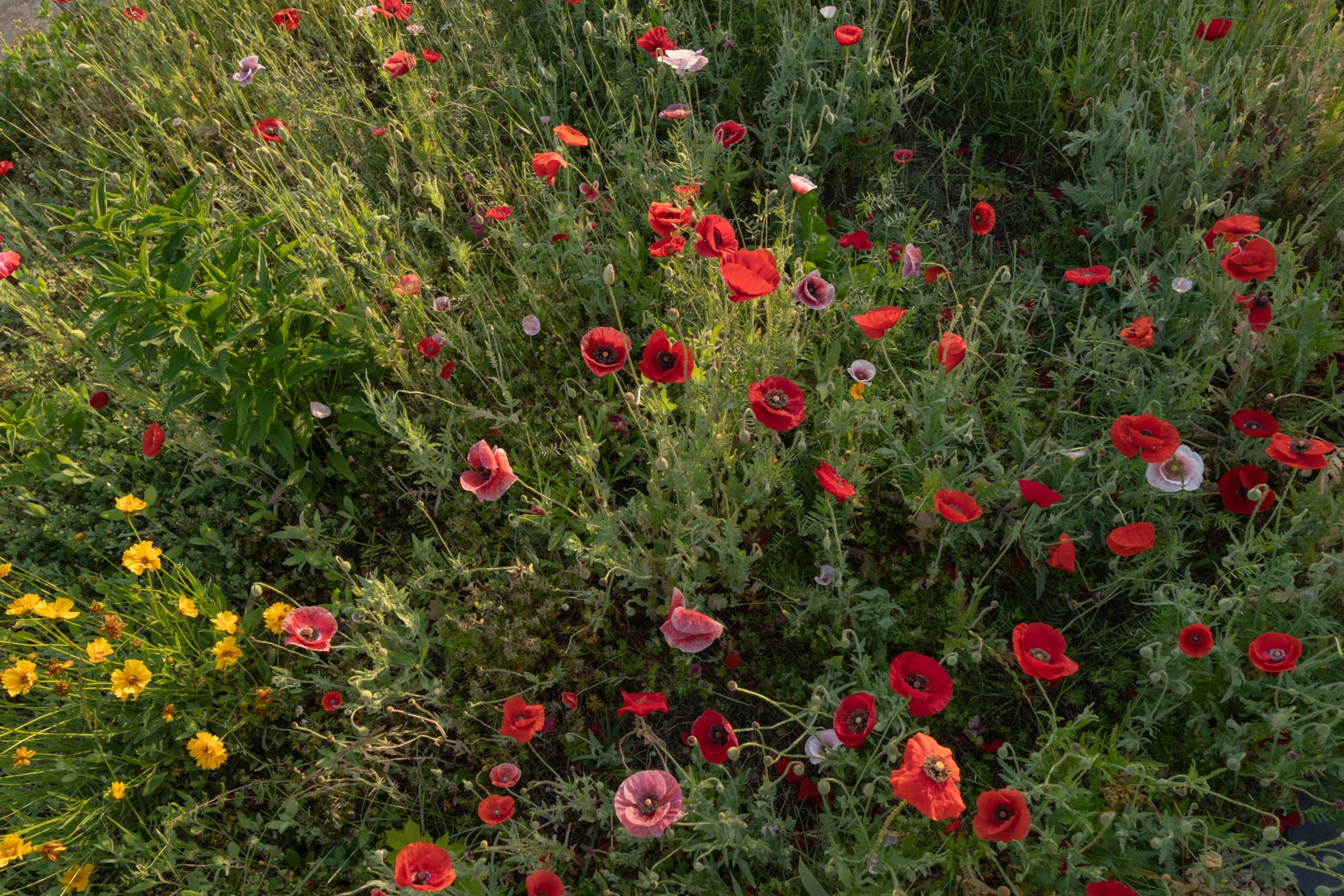
Boosting bumblebees
People don’t often think of bees or insects, alongside bigger animals, as wildlife, says Rich Hatfield, senior conservation biologist at the Xerces Society for Invertebrate Conservation. When it comes to surveying native bee populations, we're "decades behind where we are with birds and mammals,” he says. (Read more about why we should care about native bees.)
To fill that gap, Xerces began inviting the public to send in their own bumblebee observations through their website, newsletters, and social media. Over the past six years, that has amounted to 65,000 sightings across 35 species—data that built the Bumble Bee Atlas, a collaborative effort to track and conserve native bumblebees, many of which are declining. The U.S. government listed the rusty patched bumblebee as federally endangered in 2017.
“These have been wildly successful projects in terms of engaging thousands of people and collecting real data that's being utilized in many ways,” Hatfield says.
Bumblebees “are wildlife,” he adds. “Everyone that has a backyard already has a wildlife safari back there—they just have to go find it.”
You May Also Like
Go Further
Animals
- Extremely rare—and sacred—white buffalo calf born in YellowstoneExtremely rare—and sacred—white buffalo calf born in Yellowstone
- Why giant Antarctic sea spiders are surprisingly good dadsWhy giant Antarctic sea spiders are surprisingly good dads
- Can Florida save this tiny gecko before its too late?Can Florida save this tiny gecko before its too late?
- Elephants may call each other by name, a rare trait in natureElephants may call each other by name, a rare trait in nature
- Are 'giant, flying' joro spiders really taking over the U.S.?Are 'giant, flying' joro spiders really taking over the U.S.?
- This invisible killer takes out 3.5 billion U.S. birds a yearThis invisible killer takes out 3.5 billion U.S. birds a year
Environment
- These photos show what happens to coral reefs in a warming worldThese photos show what happens to coral reefs in a warming world
- How scientists link specific weather events and climate changeHow scientists link specific weather events and climate change
- Extreme heat is ahead—and you’ll feel every degree of itExtreme heat is ahead—and you’ll feel every degree of it
- Ready to give up fast fashion? Give 'slow fashion' a try.Ready to give up fast fashion? Give 'slow fashion' a try.
- Exploring south-central Colorado’s backcountry
- Paid Content
Exploring south-central Colorado’s backcountry
History & Culture
- These forgotten female veterans are finally getting their dueThese forgotten female veterans are finally getting their due
- How did the Maya choose sacrifice victims? DNA yields new clues.How did the Maya choose sacrifice victims? DNA yields new clues.
- He was a Founding Father. His son sided with the British.He was a Founding Father. His son sided with the British.
- How the rainbow flag became a symbol of the LGBTQIA+ communityHow the rainbow flag became a symbol of the LGBTQIA+ community
Science
- Becoming a dad is good for your health, according to scienceBecoming a dad is good for your health, according to science
- What is kratom? The risks and benefits of the herbal productWhat is kratom? The risks and benefits of the herbal product
- Scientists are making advancements in birth control—for menScientists are making advancements in birth control—for men
- This is the biggest health challenge women face in their 50sThis is the biggest health challenge women face in their 50s
Travel
- Everything you need to know about climbing Mount KilimanjaroEverything you need to know about climbing Mount Kilimanjaro
- Interested in foraging? Here are 6 places to start.Interested in foraging? Here are 6 places to start.
- The Chicago River was a toxic wasteland. Now it's an urban oasis.The Chicago River was a toxic wasteland. Now it's an urban oasis.
- Going off-grid in south-central Colorado’s San Luis Valley
- Paid Content
Going off-grid in south-central Colorado’s San Luis Valley







